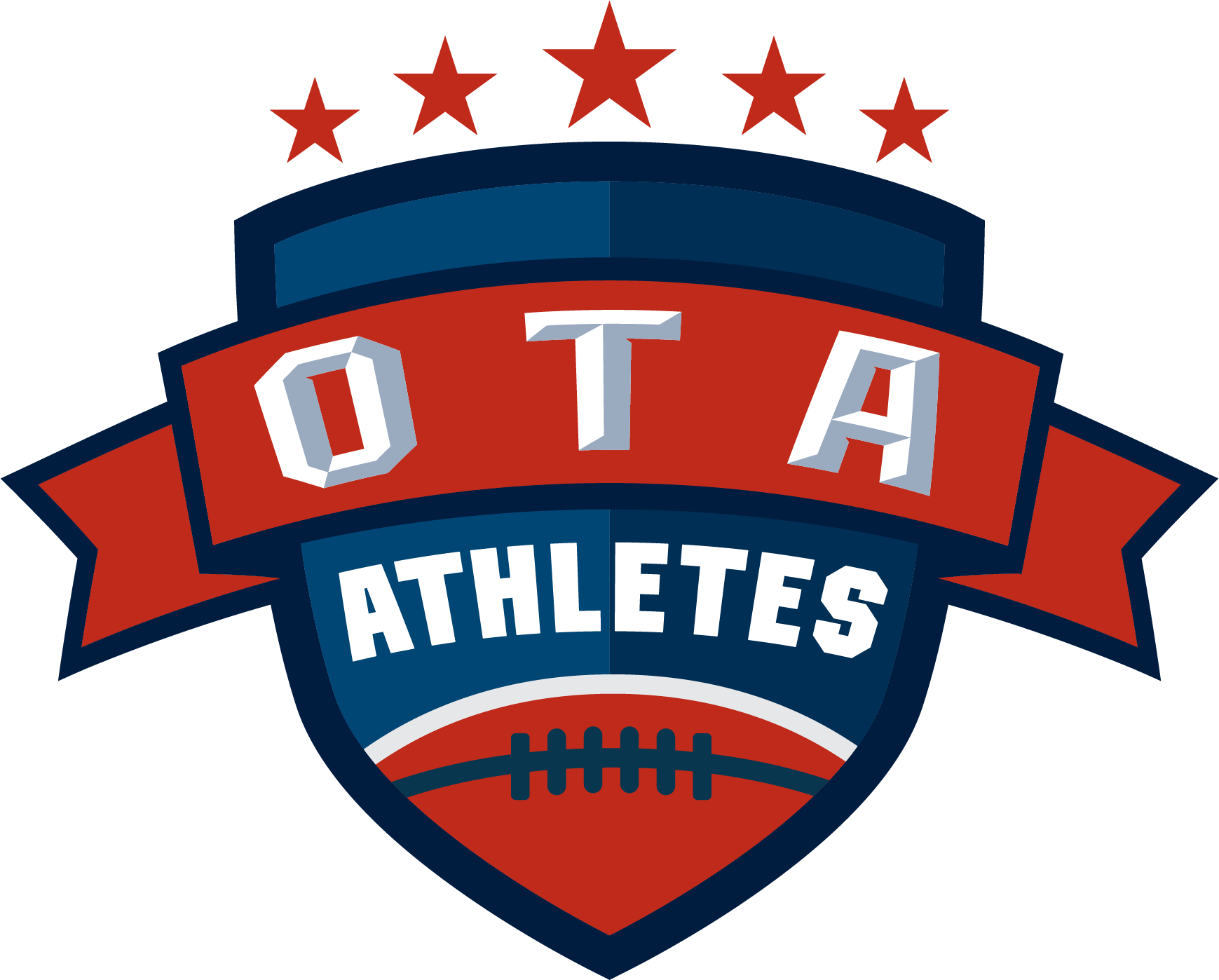
OFFSEASON TRAINING ACTIVITIES
FOR STUDENT ATHLETES
Many parents and kids think of organized sports when they think of fitness. Although there are many advantages to signing a child up for a sports team, practicing and playing games once or twice a week will not be enough to reach activity goals. Additionally, parents can no longer rely on physical education in schools to provide sufficient physical activity for children.
Offseason Training Activities (OTA) is a 6-week program designed for middle school students to improve and maintain overall sports conditioning before the athletic season begins.
Program Benefits
Increased range of motion
Improved flexibility
Improved coordination
Improved quickness
Overall increased strength
Shown commitment to improvement

Coach Yata with OTA Student Athletes
During puberty, stretching becomes particularly important due to rapid bone growth outpacing muscle and tendon development. This can lead to tightness, reduced flexibility, and increased risk of injury. While stretching won't make you taller, it can improve posture and flexibility, making you appear taller and more confident.
Here's why stretching is crucial during puberty:
Reduced Flexibility:
Bone growth during puberty is often faster than muscle growth, leading to tightness and decreased range of motion.
Injury Prevention:
Tight muscles are more susceptible to strains and other injuries, especially during physical activity.
Pain Relief:
Stretching can help alleviate pain associated with growth spurts, such as heel pain, hamstring tightness, and knee pain.
Improved Performance:
Increased flexibility can enhance athletic performance and coordination.
Posture and Confidence:
Stretching can improve posture, which can make you appear taller and more confident.
Types of stretching:
Holding a stretch for a period of time. This is generally recommended after a warm-up and for post-workout cool-downs.
Involves controlled movements to stretch muscles, like arm circles or leg swings. This is recommended before physical activity to warm up the muscles.
Important considerations:
Listen to your body: Avoid stretching to the point of pain.
Warm-up first: Muscles are more elastic and less prone to injury when warmed up.
Be consistent: Regular stretching, even for a short period each day, can make a difference.
Consider professional guidance: A physical therapist or coach can help you develop a safe and effective stretching routine.
By incorporating regular stretching into your routine, you can navigate the physical changes of puberty with greater comfort, flexibility, and reduced risk of injury, according to the Nationwide Children's Hospital.
OTA Client Reviews





